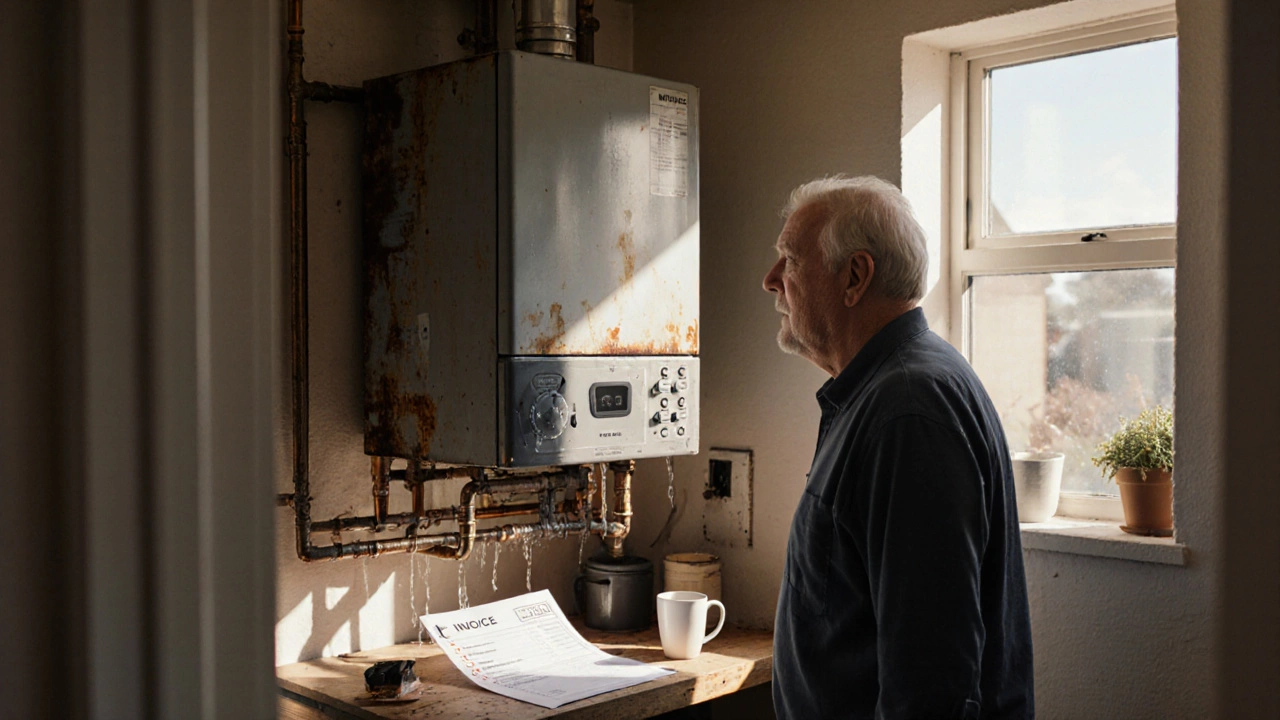When planning a heating system upgrade, the process of swapping out old heating components for newer, more efficient ones. Also known as home heating upgrade, it helps lower energy bills and improve indoor comfort.
One of the biggest decisions is a boiler replacement, installing a modern condensing boiler that recovers more heat from exhaust gases. A good boiler can shave 10‑15% off your heating bill and cut greenhouse‑gas output. Pair that with a heat pump installation, a system that moves heat from outside air or the ground into your home, and you get a truly low‑carbon solution that works even on chilly days.
But it’s not just the big machines; the little controls matter too. Adding a smart thermostat, a Wi‑Fi enabled device that learns your schedule and adjusts heating automatically can boost efficiency by another 5‑10%. You’ll be able to turn the heat down when you’re out, set away‑mode from your phone, and get alerts if something goes wrong. In short, smarter control enables smarter energy use.
Another often‑overlooked upgrade is the radiator. Upgrading to larger, low‑temperature radiators complements a heat‑pump system because they release heat more evenly at lower water temperatures. This synergy means the heat pump runs less often, further dropping electricity costs. If you’ve got old cast‑iron radiators, swapping them for panel or convector models can also free up wall space for furniture.
All these pieces—boiler, heat pump, thermostat, radiators—are tied together by the goal of energy efficient heating, maximizing warmth while minimizing fuel consumption. The more efficient each component, the less strain on the others, creating a virtuous cycle of savings. That’s why a holistic approach beats a piecemeal fix.
First, a professional assessment will map out your current system and calculate the heat load needed for each room. From there, they’ll recommend the right boiler size, heat‑pump capacity, and thermostat placement. The installation usually takes one‑to‑two days for a boiler swap, while a heat‑pump may need two‑to‑three days due to outdoor unit placement and refrigerant work. Expect a short interruption of hot water and heating, but most contractors can stage work to keep one zone running at all times.
After the hardware is in place, the real magic happens during commissioning. Technicians will balance radiators, set up the thermostat’s learning algorithm, and run efficiency tests. You’ll get a clear rundown of how to use the new controls, plus maintenance tips to keep everything humming for years. With the right setup, you’ll start seeing lower bills within the first billing cycle.
Ready to see what a full heating system upgrade can do for your home? Below you’ll find practical guides on everything from boiler choices and heat‑pump basics to thermostat programming and radiator sizing. Dive in, pick the topics that match your project, and get your home ready for a warmer, cheaper winter.
Posted by
Orin Trask
0 Comments

Learn why replacing a boiler is pricey, break down each cost factor, and discover practical tips to keep expenses in check.
read more